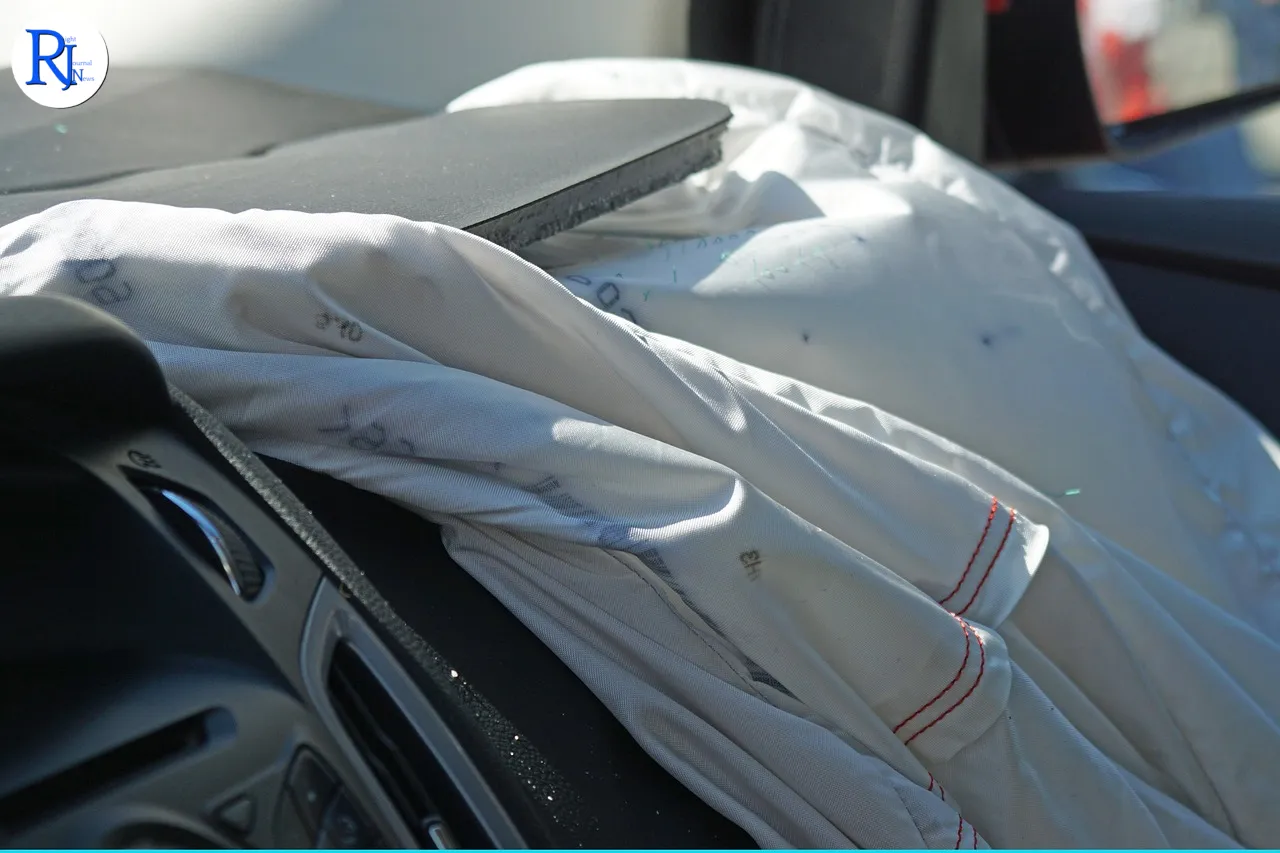Witnesses say Jamie Challis fled a crash in Newport, telling bystanders “I gotta go” before leaving the scene. Investigators later linked him to the vehicle through DNA recovered from the car’s deployed airbag, according to a BBC report. The match identified the driver after he ran from the crash site, a scenario that police and courts describe as failing to stop. The case shows how modern forensic methods can connect suspects to incidents even when they try to avoid immediate responsibility. It also highlights the legal duty on drivers to remain at a collision, exchange details, and report the incident as required by law. The development drew attention because DNA on an airbag can offer a direct link to the person behind the wheel at the moment of impact.
The incident took place in Newport. The BBC reported the case on Wednesday, 26 November 2025. The report states that witnesses heard Challis say, “I gotta go,” as he left the crash scene.

DNA on an airbag: how investigators identify drivers
When a crash causes an airbag to deploy, it can collect trace biological material from the person behind the wheel. The force and friction of deployment often leave skin cells, saliva, or small blood spots on the airbag fabric. Investigators can swab the airbag and other touch points, such as the steering wheel and seatbelt, to build a DNA profile. In cases like the Newport crash, that profile can identify the driver even if the person leaves before officers arrive.
In England and Wales, the National DNA Database holds millions of profiles that police can check in line with strict rules. Officers can also compare a trace profile with a sample taken from a named suspect. Forensic laboratories follow the statutory Code issued by the Forensic Science Regulator, which sets standards for sampling, chain of custody, and DNA interpretation. Those safeguards aim to protect the integrity of the evidence and the fairness of any later proceedings.
Witness accounts and the moments after the crash
According to the BBC report, witnesses heard Challis say, “I gotta go,” before he left the scene in Newport. That short phrase captured the urgency of the moment and the choice to walk away. The account aligns with what police describe as a common pattern in failing-to-stop cases: confusion after a collision, followed by a rapid decision to leave.
Witness observations often provide the first clues in road traffic investigations. People at the scene may note a name, a description, or a fragment of speech. Even small details can guide investigators to the right vehicle or person. In this case, DNA from the airbag provided a scientific anchor to the witness report. When science and testimony point the same way, investigators can build a clearer picture of what happened and who drove the car.
Your legal duty after a collision in the UK
UK law requires drivers involved in a collision that causes damage or injury to stop at the scene. Drivers must give their name and address, provide the vehicle’s details, and, when relevant, share insurance information. If a driver does not exchange details at the scene, they must report the collision to police as soon as practicable and within 24 hours. These rules sit under section 170 of the Road Traffic Act 1988.
Failing to stop and failing to report are criminal offences. Courts can impose up to six months’ imprisonment, an unlimited fine, and 5 to 10 penalty points, with the option to disqualify a driver in serious cases. Those penalties reflect the risk that fleeing poses to other road users, injured people, and emergency response. Police and safety groups stress that drivers should stay calm, secure the scene if safe, and call for help rather than drive or run away.
Forensic tools now shape hit-and-run investigations
Investigators now rely on a blend of forensics and data to solve failing-to-stop cases. DNA from airbags, seatbelts, and steering wheels can indicate who sat where and who likely drove. Fingerprints and touch DNA from door handles and gear levers can add weight. Officers also gather vehicle part numbers, paint transfers, tyre marks, and glass fragments to link a suspect vehicle to a specific crash.
CCTV and automatic number plate recognition (ANPR) systems can track a vehicle’s route before and after a collision. Mobile phone data, where lawfully obtained, can place a device near a scene. Combined, these sources can produce a timeline that supports or challenges a suspect’s account. The Newport case shows how one strong forensic link—DNA on an airbag—can move an investigation forward even when a driver leaves before officers arrive.
Why leaving the scene complicates response and justice
When a driver leaves a crash, paramedics and police lose immediate access to details that can matter for care and safety. If the driver holds vital information about passengers, hazards, or the car’s condition, departure delays that information. It also hampers insurance claims and leaves victims or property owners without the details they need to recover losses.
Courts consider aggravating features when sentencing failing-to-stop cases. Evidence that a driver knew about the collision and chose to leave can weigh heavily. While the BBC report focuses on identification through DNA and the witness account in Newport, it also reminds drivers that attempting to avoid responsibility rarely works. Forensic methods reduce the chances of escape, and courts view fleeing as a serious breach of duty.
Community concerns and safer roads
Crashes that involve drivers leaving the scene often stir strong local reactions. Residents ask how to prevent repeat incidents and how to protect pedestrians and cyclists. Road safety groups point to a mix of enforcement, road design, speed management, and education. They encourage drivers to plan safe journeys, avoid distractions, and understand their legal duties before they face a crisis on the road.
In many towns and cities, councils and police run campaigns that target speeding, phone use while driving, and drink and drug driving. They also promote reporting of dangerous driving and support for witnesses who come forward. The Newport case underscores the role of public vigilance—witnesses observed and reported what they heard—and the power of modern evidence to back up community accounts.
The Newport crash, and the way investigators identified the driver, offers a clear lesson: science and the law work together when drivers fail to stop. Witnesses say Jamie Challis left the scene after saying, “I gotta go.” Investigators linked him to the vehicle through DNA on the deployed airbag, a technique that can connect the person behind the wheel to the exact moment of impact. The case highlights the legal duty to remain at a

